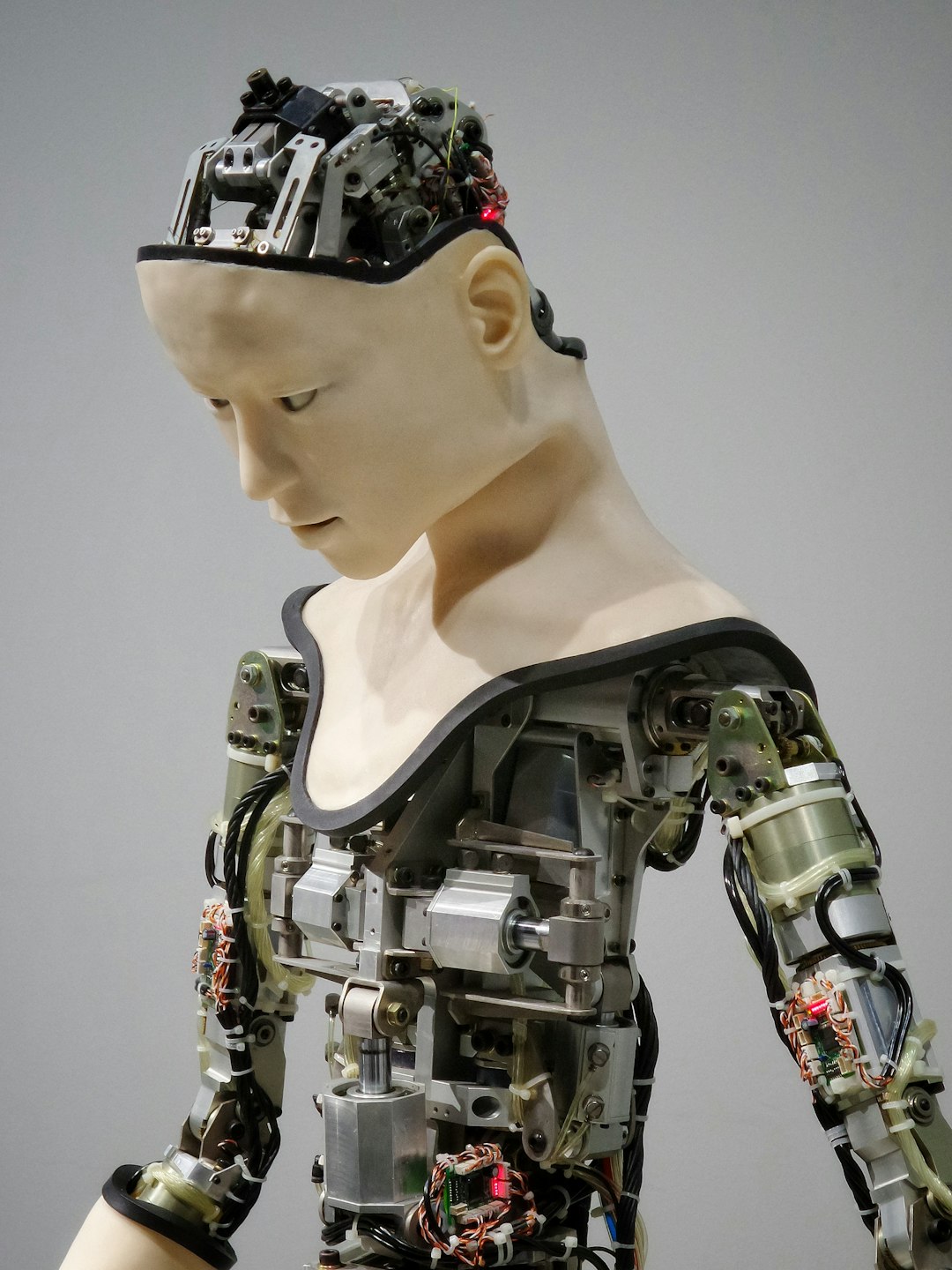
Table of Contents
- Introduction
- Problem Explanation
- Solution with Code Snippet
- Practical Application
- Potential Drawbacks and Considerations
- Conclusion
- Final Thoughts
- Further Reading
Introduction
In the fast-paced world of web development, staying on top of performance optimization is no small feat. It's akin to sprinting for the finish line while trying to balance a stack of books on your head—easy to trip up but critical for success. Enter modern tools and techniques that make life a bit smoother and your applications faster.
Today, we’re diving into a somewhat underrated aspect of Vue.js: optimization techniques that can significantly improve application performance without adding complexity. With frameworks continuously growing in size and features, the temptation to overload on libraries often leads to missed opportunities for refining what we already have. What if we could squeeze more juice out of Vue.js itself?
In this post, we’ll explore a cool optimization technique that tweaks how components are rendered. This approach not only reduces unnecessary re-renders but also enhances user experience, enabling a smoother and more efficient application overall. Let’s break it down!
Problem Explanation
When working with Vue.js, one common performance issue arises from unnecessary re-renders. If you're not careful, any small change in state can cause the entire component tree to re-render, leading to performance bottlenecks. This becomes even clearer as components get more complex, involving nested children and multiple watchers.
A classic example of this can be seen in a form-heavy application. Every time a user types in an input field, several components might trigger updates. If you had a text input box that updates several other components—be it through computed properties or watchers—you may inadvertently create a scenario that feels slow and laggy.
To illustrate, here’s a basic example of a typical component setup that can lead to re-rendering problems:
<template>
<div>
<InputField v-model="inputText" />
<ProcessedData :data="processedData" />
</div>
</template>
<script>
export default {
data() {
return {
inputText: '',
};
},
computed: {
processedData() {
// Perform heavy computation based on inputText
return this.inputText.toUpperCase(); // Simplified for illustration
},
},
}
</script>
The ProcessedData component will get updated every time inputText changes, even if the process of transforming the text could have been optimized. The above pattern can become a quicksand of performance issues if ignored.
Solution with Code Snippet
So, how do we tackle this? The answer lies in Vue's built-in v-once directive, which renders the component only once, preventing any further updates. While v-if and v-for take center stage for conditional rendering, v-once can be a game-changer when it comes to optimizing performance.
Let’s modify our previous example to integrate v-once to prevent re-rendering:
<template>
<div>
<InputField v-model="inputText" />
<ProcessedData v-once :data="processedData" />
</div>
</template>
<script>
export default {
data() {
return {
inputText: '',
};
},
computed: {
processedData() {
// Assume this is an expensive calculation
return this.inputText.toUpperCase(); // Simplified for illustration
},
},
}
</script>
In this setup, the ProcessedData component is only rendered once, regardless of how many times inputText updates.
Additional Scenario: Dynamic Updates
Now, you might be thinking, "But I still need the component to update under certain conditions!" That's where Vue’s reactivity system takes center stage. Instead of using v-once, you can still optimize your computed properties by breaking down expensive calculations and reusing previously computed states. Here’s how:
<template>
<div>
<InputField v-model="inputText" />
<ProcessedData :data="filteredData" />
</div>
</template>
<script>
export default {
data() {
return {
inputText: '',
rawData: ['exampleOne', 'exampleTwo', 'exampleThree']
};
},
computed: {
filteredData() {
// Filter only when inputText is present
return this.inputText
? this.rawData.filter(item => item.includes(this.inputText))
: [];
},
},
}
</script>
This not only prevents unnecessary re-rendering but also keeps computations explicit. The end user can simply reduce input lag and enjoy a snappier experience.
Practical Application
This optimization technique is particularly useful in applications involving heavy data processing or real-time input. For example, in an e-commerce application with multiple product cards, utilizing v-once for components that don’t frequently change can significantly enhance the overall performance of the web page.
If you implement this solution, users won't experience lag while typing. This leads to fewer complaints and a more enjoyable shopping experience. You can enhance this further by combining it with Vue’s lifecycle hooks—e.g., using mounted() to load data only once, thereby minimizing repeated calculations.
Potential Drawbacks and Considerations
While the v-once directive is fantastic for specific use cases, it’s not a one-size-fits-all solution. Utilizing it in components that require dynamic updates will create more problems than solutions, as they will become static after the initial render.
Additionally, if your application relies heavily on real-time data, overusing v-once can lead to outdated views. Keeping a balance is essential. One way to mitigate this might be employing strategies like setting a limit on how many times the inputs update or using debounce/throttle techniques in your input events to minimize changes to the data-bound value.
Conclusion
In summary, optimizing your Vue.js applications doesn’t have to mean reinventing the wheel. Using built-in directives like v-once can significantly reduce unnecessary re-renders and improve performance while maintaining code clarity. Combining this with robust reactive programming practices will leave your users with an experience that feels both fast and fluid.
Remember: Optimization is an ongoing journey. Always keep an eye on performance metrics and test!
Final Thoughts
Don’t hesitate to give v-once a whirl in your next Vue.js project and see how it transforms performance. I’d love to hear your experiences—what strategies have you found effective for optimization? Share them in the comments!
If you'd like to stay updated with more insights and approaches like this, subscribe for our newsletter and receive expert tips directly in your inbox. Happy coding! 🎉
Further Reading
- Vue.js Official Documentation on Directives
- Understanding Vue's Reactivity System
- Performance Optimization Techniques in Vue.js
Focus Keyword: Vue.js optimization techniques
Related Keywords: $v-once, performance tuning, reactivity in Vue, Vue.js best practices, component rendering optimization